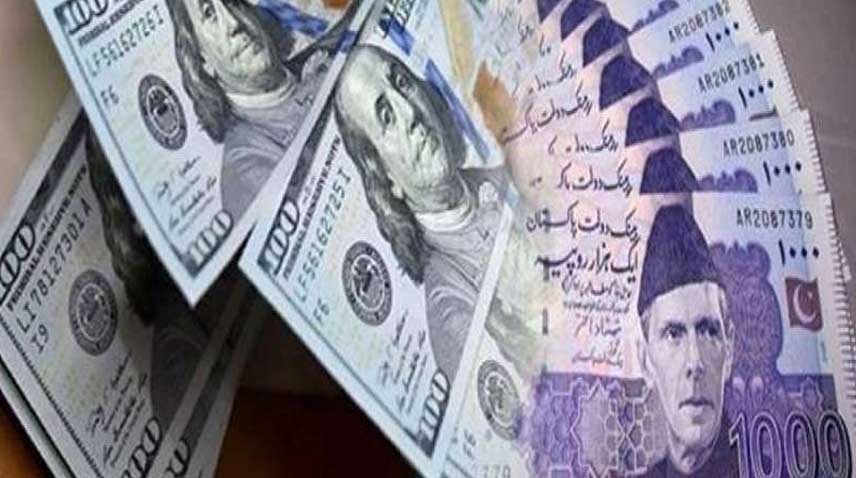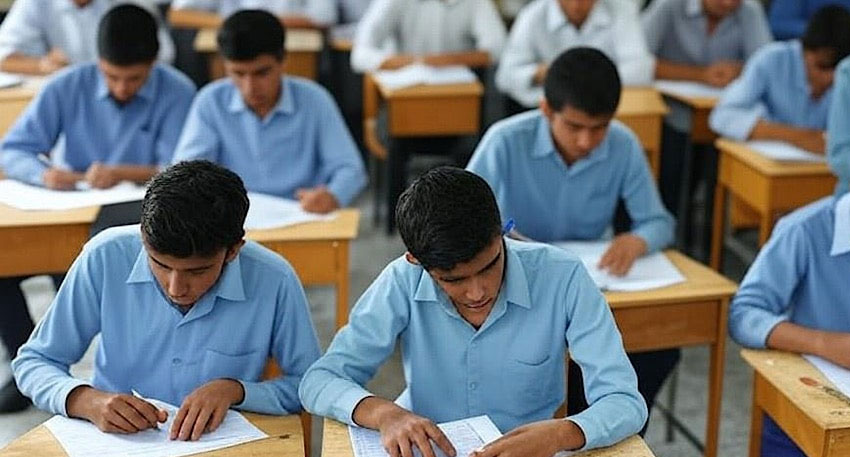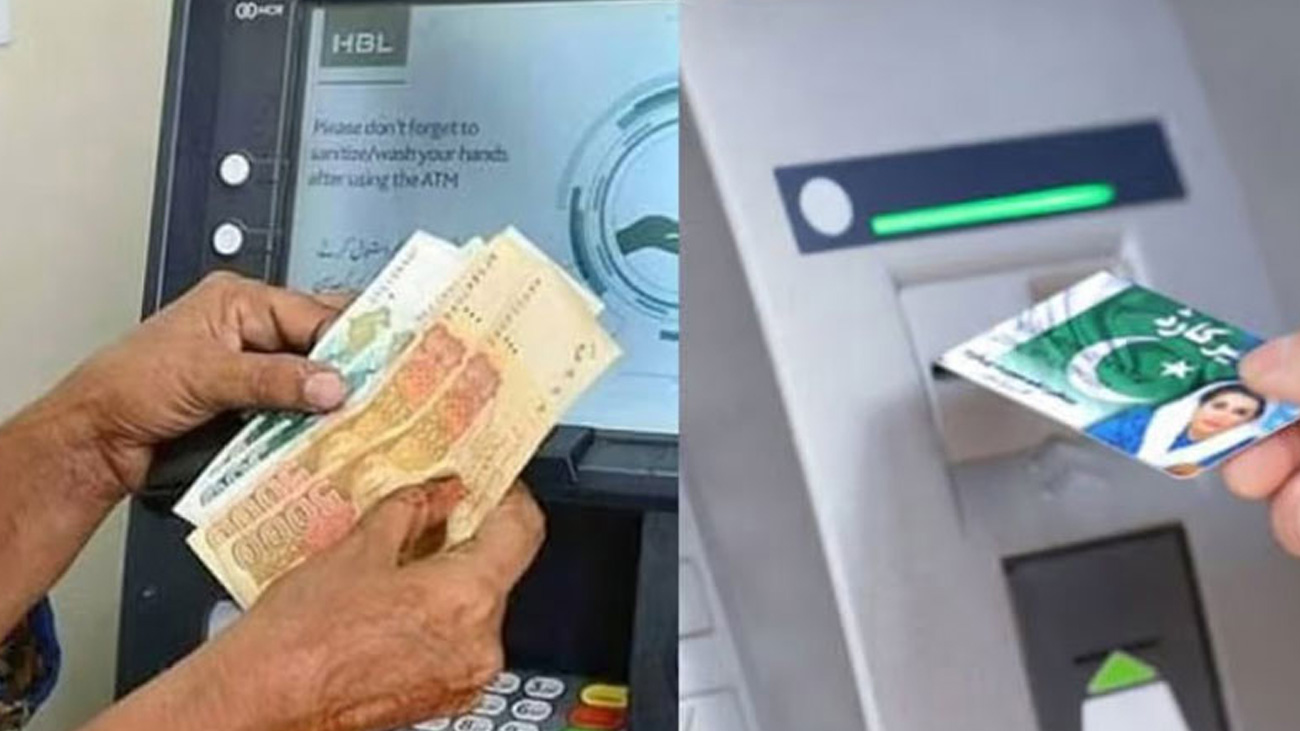
As a result, the local currency settled at Rs 283.76 compared to the previous Rs 283.72.
In the open market, the Forex Association of Pakistan (FAP) reported the buying rate of the dollar at Rs 285.35 and the selling rate at Rs 286.15, indicating a narrow but notable gap between interbank and open market valuations.
The Euro also climbed by 06 paisa, closing at Rs 332.65, up from the previous day’s Rs 332.59, according to data released by the State Bank of Pakistan (SBP).
The Japanese Yen saw a modest increase of 01 paisa, ending at Rs 1.97. Meanwhile, the British Pound took a hit, dropping by Rs 1.08 to Rs 388.85, compared to Rs 389.93 the day before.
Among Gulf currencies, the Emirates Dirham inched up by 01 paisa to Rs 77.26, while the Saudi Riyal gained 02 paisa, closing at Rs 75.66.
Read more: How powerful surge at PSX fuels Pakistan’s market momentum?
Though the Rupee’s dip against the dollar is marginal, it reflects continued currency pressure amid external debt repayments and fluctuating global market sentiments. The minor gains in the Euro, Dirham, and Riyal suggest increasing demand for foreign currencies, possibly linked to trade settlements and Hajj season outflows.
The decline in the British Pound may offer temporary relief for students and travelers to the UK, but overall, the mixed movements hint at underlying volatility that could intensify if Pakistan’s economic fundamentals do not stabilize. Will the Rupee regain its footing, or is a deeper slide on the horizon?



